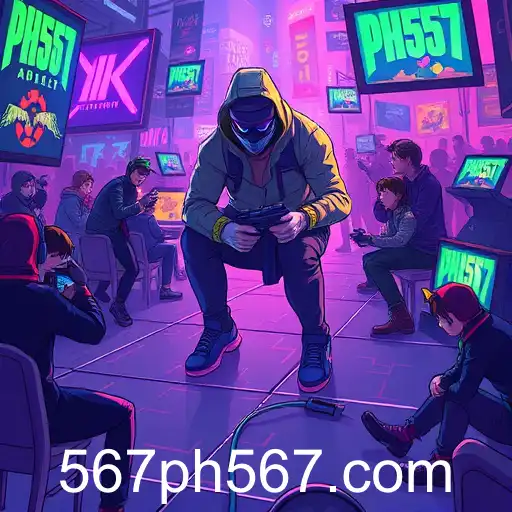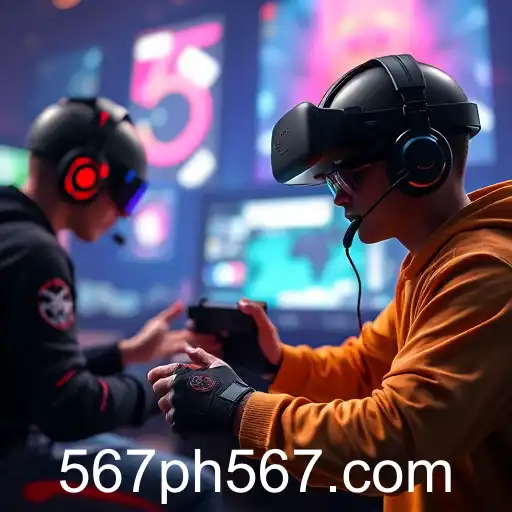
The Rise of AI in Creative Industries

As we step into the mid-2020s, artificial intelligence (AI) has become a transformative force across various sectors, particularly within the creative industries. From art and design to film and music, AI technologies are revolutionizing the way creative content is produced, consumed, and appreciated. The early 2020s have been marked by significant advancements in machine learning and neural networks, allowing AI to generate highly sophisticated and original outputs that were previously thought to be the sole province of human creators.
One of the most profound impacts of AI in creative industries is its ability to assist and enhance human creativity. Artists are collaborating with AI to create novel art forms, whether through generative adversarial networks (GANs) that produce visual art or algorithms that assist in composing music scores. This collaboration has expanded the boundaries of what is considered possible in the artistic realm, leading to new genres and hybrid forms of expression.
However, the integration of AI into these industries also raises important questions about authorship and intellectual property. As AI-generated works become increasingly indistinguishable from those created by humans, determining ownership rights and ethical boundaries becomes more complex. Debate continues around the world about how laws and regulations should evolve to address these challenges.
Furthermore, the increasing presence of AI in creative professions has sparked concerns about automation and job displacement. While AI can certainly enhance productivity and open up new opportunities, it also threatens to replace roles traditionally held by humans, from graphic designers to content creators. This shift necessitates a reevaluation of professional roles and skills, emphasizing the importance of human intuition and emotional intelligence, which AI still struggles to replicate fully.
In response to these challenges, educational institutions and companies are investing in reskilling and upskilling programs, aiming to prepare the workforce for an AI-augmented future. The potential of AI to stimulate innovation in creative industries is vast, but realizing this potential requires thoughtful integration and forward-thinking policies.
As 2025 progresses, the dynamic interplay between AI and the creative industries will undoubtedly lead to new developments. Embracing AI's capabilities while carefully navigating its implications will be crucial for fostering sustainable growth and creativity. Keeping a balanced perspective will ensure that AI serves as a tool for enhancing human creativity, rather than diminishing it.
Gaming Package Allegedly Boosts Online Engagement
Discover how the emergence of 'ph567' is transforming the landscape of online gaming platforms with innovative features and enhanced user engagement.
Innovations in Online Gaming: The Rise of ph567
Exploring how the keyword 'ph567' is shaping trends and technology in the online gaming world in 2025.
The Digital Stage: New Trends and Technologies in Gaming
Exploring the latest developments in the gaming industry and how technology is reshaping the digital world of entertainment.
 Skip to content
Skip to content





